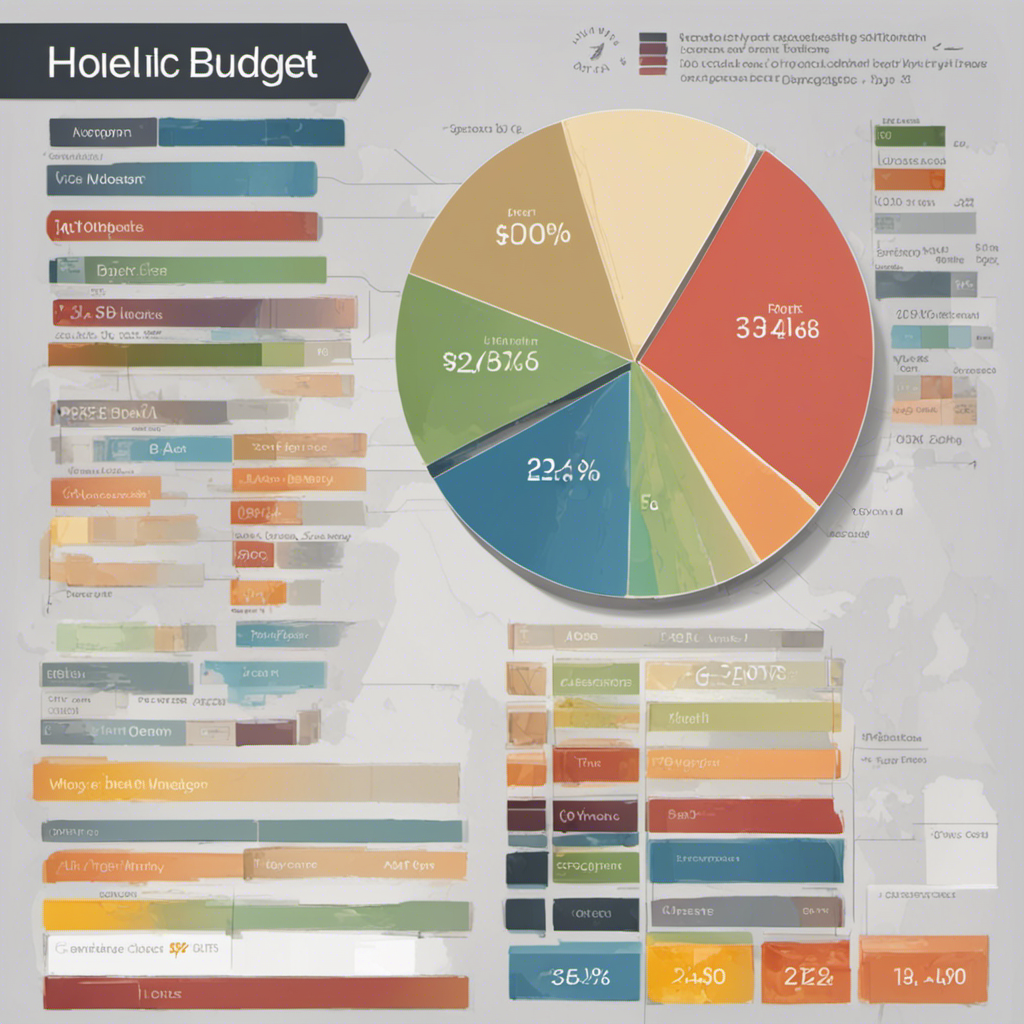
The Rise of 5G and its Impact on Communication
In recent years, the world has witnessed rapid advancements in technology that have revolutionized the way we communicate. From the advent of the internet to the proliferation of smartphones, these innovations have played a crucial role in connecting people across the globe. One such groundbreaking development that has garnered significant attention is the rise of 5G technology. In this blog post, we will delve into the world of 5G, understand its implications, and explore how it is set to transform communication as we know it.
Understanding 5G Technology
Fifth Generation (5G) technology is the latest iteration of wireless communication networks. It succeeds 4G LTE technology and promises to be significantly faster, more reliable, and capable of handling a massive influx of connected devices. While 4G networks were predominantly designed to cater to mobile broadband connectivity, 5G aims to serve a wide range of applications, from connecting smart homes and autonomous vehicles to enabling industrial automation and remote surgeries.
Key Characteristics of 5G
-
Enhanced Speed and Bandwidth: One of the most significant advantages of 5G is its ability to provide blazing-fast speeds. While 4G networks can typically achieve download speeds of around 100Mbps, 5G has the potential to reach up to 10Gbps, making it approximately 100 times faster. This allows for seamless streaming, quick downloads, and lag-free gaming experiences.
-
Low Latency: Latency refers to the time it takes for data to travel between a source and a destination. 5G technology aims to significantly reduce latency, thereby enabling real-time interactions in applications such as autonomous vehicles, virtual reality (VR), and augmented reality (AR). With latency as low as 1 millisecond, 5G networks will enable near-instantaneous communication between devices, opening up new possibilities for innovation.
-
Massive Device Connectivity: 5G technology is designed to support a vast number of connected devices. While 4G networks can handle up to 2,000 devices per square kilometer, 5G networks are projected to handle a whopping one million devices in the same area. This capability is essential for the Internet of Things (IoT) ecosystem, where billions of devices need to communicate simultaneously.
-
Network Slicing: 5G introduces the concept of network slicing, which allows for the creation of dedicated virtual networks within a single physical infrastructure. This enables network operators to allocate resources as per specific requirements, catering to different use cases. For instance, a dedicated network slice can be allocated to a self-driving car to ensure low latency and reliable connectivity, while another slice can be assigned to a smart city application for efficient data transfer.
Impact on Communication
The advent of 5G technology brings forth a multitude of transformations and innovations across various sectors. Let’s explore some of its most significant impacts on communication.
1. Improved Mobile Connectivity
With 5G, mobile connectivity will undergo a paradigm shift. Users can expect faster downloads, seamless video streaming, and enhanced browsing experiences. The increased bandwidth and reduced latency will enable faster access to information, making communication more efficient and productive.
2. Empowering the Internet of Things (IoT)
5G plays a vital role in realizing the full potential of the Internet of Things. The massive device connectivity offered by 5G networks will drive the proliferation of IoT devices and applications. From smart homes and wearable devices to industrial automation and smart cities, 5G will enable seamless communication and integration between devices, leading to a more connected and automated world.
3. Revolutionizing Telecommunications Infrastructure
5G technology brings significant transformations to telecommunications infrastructure. Traditional phone lines can be phased out, and voice calls can be made over data networks using technologies like Voice over LTE (VoLTE) or Voice over 5G (Vo5G). This shift will lead to cost savings for service providers and improved voice call quality for users.
4. Enabling Remote Work and Collaboration
The COVID-19 pandemic has accelerated the adoption of remote work and collaboration tools. With its super-fast speeds and low latency, 5G will enable seamless video conferencing, real-time collaboration, and remote access to cloud services. This will transform the way people work, allowing for more flexible and efficient remote communication.
5. Advancing Healthcare and Emergency Services
The impact of 5G on healthcare and emergency services is expected to be profound. Real-time communication facilitated by 5G networks will enable remote patient monitoring, telemedicine services, and even remote surgeries. Emergency services will benefit from fast and reliable communication, leading to improved response times and better outcomes.
Conclusion
The rise of 5G technology marks a significant milestone in the evolution of communication. With its enhanced speed, reduced latency, and massive device connectivity, 5G opens up endless possibilities for innovation and transformation. From improved mobile connectivity to empowering the Internet of Things, 5G has the potential to reshape the way we communicate, work, and live. As we embrace this new era of connectivity, the impact of 5G on communication is set to be unprecedented.
“5G wireless technology is a game-changer, unlocking new possibilities and transforming multiple industries.” - John Donovan, CEO of AT&T Communications.
References:






